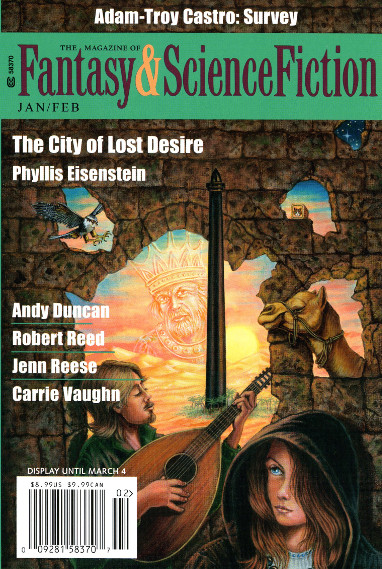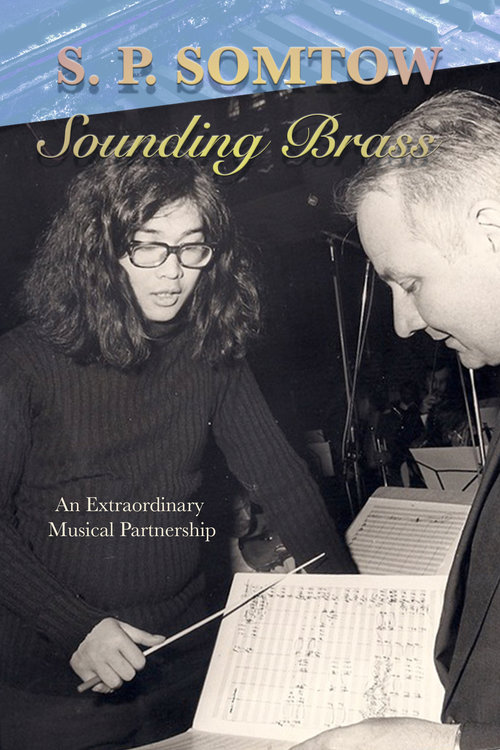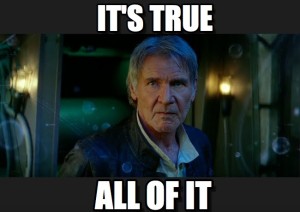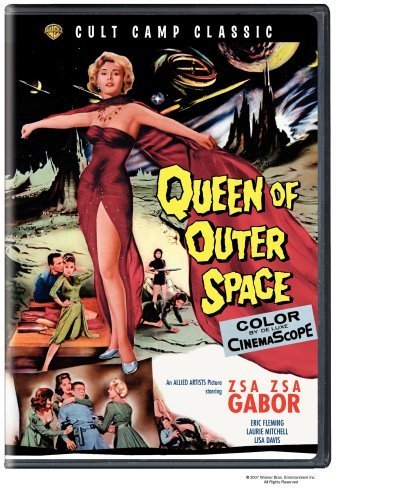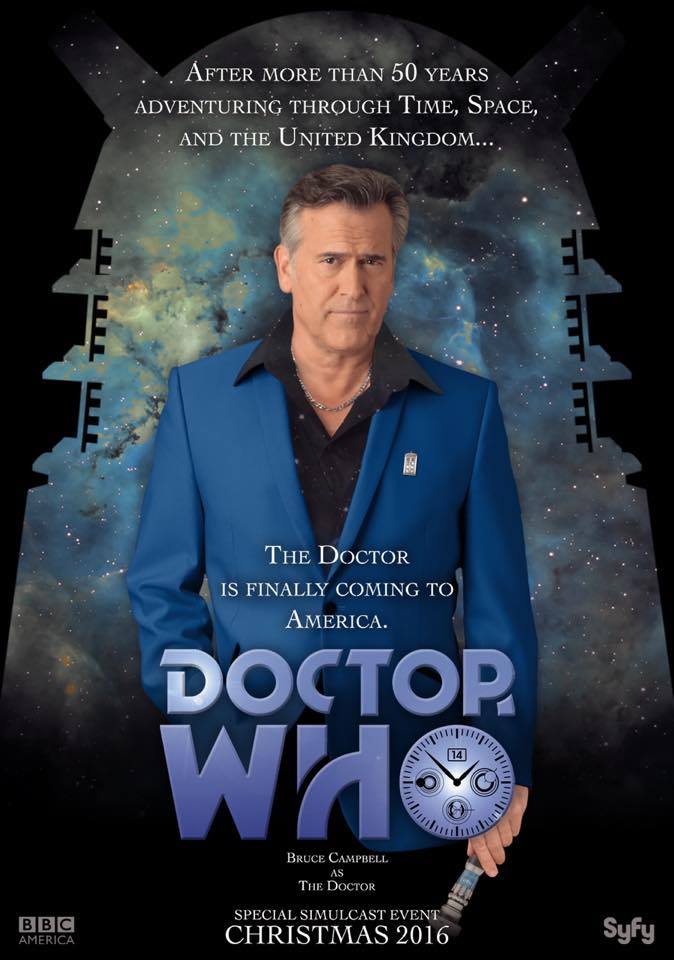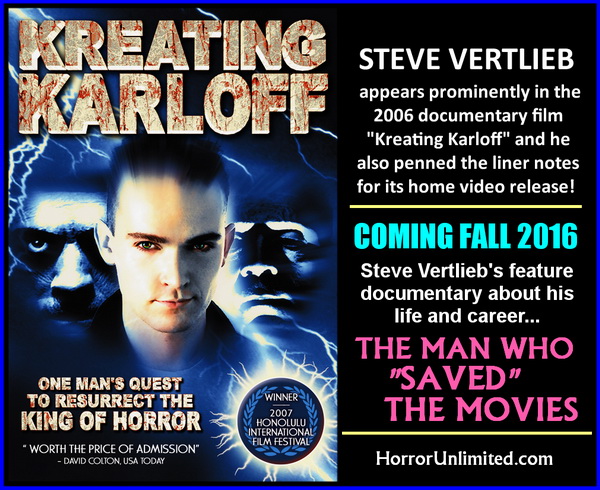(1) IMAGINARY PAPERS. Now available to read online is the latest issue of Imaginary Papers, the ASU Center for Science and the Imagination’s quarterly newsletter on science fiction worldbuilding, futures thinking, and imagination.

The issue features an essay by science fiction author Lena Nguyen (We Have Always Been Here) on the video game Detroit: Become Human —
…From her separate menu, Chloe serves as a witness and judge of the player’s actions in the main campaign, visibly reacting to their choices. Detroit tells the branching stories of three androids who are beginning to achieve sentience; they all experience “deviancy,” a divergence in their programming that allows them to experience emotion and join a burgeoning synthetic rebellion. The player’s choices are the guiding force determining whether these characters live, love, die, revert to their programming, or achieve true sentience….
Also featured are SF scholar Dagmar Van Engen on the unfinished 1910s Black science fiction serial “Punta, Revolutionist,” and a writeup about Imagine 2200, a climate fiction contest and series of stories from the environmental magazine Grist.
(2) AFRICAN SPECULATIVE FICTION. Omenana Speculative Fiction Magazine Issue 19 is out. The tri-monthly magazine publishes speculative fiction writers from across Africa and the African Diaspora.

(3) DISABILITY STUDIES. Jose L. Garcia analyzes sff’s cyborg subgenre with its tendency to presume “something of the original human is lost through the process of prosthesis implementation, even if is portrayed as ‘enhancement.’” “At My Most Beautiful: the Politics of Body Prostheses, Disability, and Replacement in Arryn Diaz’s Dresden Codak” at Vector.
…While a number of stories complicate the idea of the cyborg, there has been (comparatively) little critical exploration of cyborg bodies in disability studies until relatively recently. Yet, such analyses are of critical importance for understanding how the visual language of prosthesis has evolved. At this juncture of the cyborg and disability sits Kimiko Ross, the protagonist of Arryn Diaz’s webcomic, Dresden Codak. Ross prominently features prosthetic body parts, and the ways in which Diaz sets up scenes with Ross grab from the spectrum of cyborg subjecthood. These range from frank dealings with images of disability, images of power and “augmentation,” and even sexuality (the latter not overt, but noticeable enough to be said to sit within that tradition of sexualized cyborg subjecthood, similar to the opening sequence to the 1995 Ghost in the Shell film, which lingers on images of the naked cyborg body at several points). The specific frames that centre on Ross’ body create a network of significations that both reifies and frustrates three aspects of a representation: the cyborg, the traumatised body, and the disabled body.
Consciously or not, Diaz’s comic trades in the existing visual language of cyborg bodies and its adjacent fields: disability, femininity, and political alienation….
(4) A BIG STATE HAS A LITTLE LIST. [Item by Jennifer Hawthorne.] A Texas legislator has put together a list of 850 books and is demanding that schools in the state tell him if they have these books in their libraries and how much they have spent on them. Exactly what he plans to do with this list is unclear. “Texas lawmaker wants to know what books on race, sexuality are in schools” in the Texas Tribune.
A Republican state lawmaker has launched an investigation into Texas school districts over the type of books they have, particularly if they pertain to race or sexuality or “make students feel discomfort.”
State Rep. Matt Krause, in his role as chair of the House Committee on General Investigating, notified the Texas Education Agency that he is “initiating an inquiry into Texas school district content,” according to an Oct. 25 letter obtained by The Texas Tribune.
Krause’s letter provides a 16-page list of about 850 book titles and asks the districts if they have these books, how many copies they have and how much money they spent on the books.
A PDF of the entire list is here, Unfortunately, the list is not put together in any kind of easy-to-read order, but a quick glance immediately revealed four SFF works: The Handmaid’s Tale by Margaret Atwood (graphic novel version), V for Vendetta by Alan Moore, The Last Man by Brian Vaughn, and When We Were Magic by Sarah Gailey. And it includes non-genre works by figures whose names will be familiar to sff readers – Carmen Maria Machado, Mark Oshiro, Mikki Kendall, and Ta-Nehisi Coates. I’m sure there must be more on there and thought maybe the Filers would find it interesting to see how many more they could find….
(5) FANHISTORY ZOOM. Fanac.org has added their latest Fan History Zoom Session to YouTube:
Keith Freeman and British fan historian Rob Hansen provide a first-hand look at some of the landmark moments of British fandom. Keith found fandom in the 1950s, while still enlisted in the RAF, and became part of the Cheltenham Circle. Over the next decades, he was heavily involved in science fiction fandom. There are wonderful stories here of the origins of St. Fantony (and the associated jousting), the role of the Liverpool group in fannish marriages, the British Science Fiction Association (BSFA), and well known fans such as Eric Jones and Dave Kyle. In addition to fannish tales, Keith relates a chilling first person account of an H-bomb explosion on Christmas Island… Rob Hansen, author of “Then: Science Fiction Fandom in the UK: 1930-1980” is both interviewer and participant, eliciting an absorbing hour of fannish history.
(6) DANGER FAN. Camestros Felpaton prefaces “Review: Foundation Episode 7” with irresistible hooks and a spoiler warning. Will you be reeled in anyway?
Spoilers below! Also Jurrasic Park and Karl Marx guest-star in this review.
In many ways, this is a key episode for the series as the show is now only very lightly tethered to the books. As Cora points out in her review of the episode, the departure from the plot has led one of Foundation’s most notable fans, economist Paul Krugman, to stop watching. I think he’s missing out on a fun show but without knowing the plot connections from the previous episodes, the only obvious connections with the books in this episode are the character names.
All four plots of the show get an airing and each of the characters central to those plots are each heading towards a crisis…
(7) SHOOTING ARROWS IN THE BIG APPLE. Daniel Dern says Marvel Studios’ Hawkeye trailer “Looks like strongly based on Matt Fraction’s great run on the Hawkeye comic.” Here’s a HooplaDigital search, though there may be other relevant issues/collections — Hoopladigital.com.
(8) WHERE TO HAVE A DRINK WITH A BLADERUNNER. “A Gorgeous New Cocktail Bar Opens Inside Historic LA Bradbury Building” – Eater LA has the story.
…Perhaps most interestingly, the new Wyman Bar (named for the architect of the famed building, which was built in 1893) will pay homage to its starring role as a backdrop to the film Blade Runner by showing set images from the movie taken by late photographer Stephen Vaughan. Other activations of the space will follow in the coming months. As for the space itself, expect a long marble bar, plush stools, and lots of rich, dark woods inside the warm, brick-touched space designed by DesignAgency….
(9) WILLIAMS OBIT. Charlotte Williams – known in Tennessee fandom as “the third Charlie Williams” — died October 26 at the age of 68 reports the Daily Times of Blount County, Tennessee. The family obituary recalls that “She enjoyed reading science fiction, fantasy, and mysteries, and attending and organizing science fiction conventions,” and Fancyclopedia 3 records that Williams was the first woman to chair Chattacon – which she did in both 1994 and 1995.
(10) MEDIA BIRTHDAY.
2000 – Twenty-one years ago, the Starhunter series (renamed Starhunter 2300 in its final second season) premiered on The Movie Network in Canada. (This is not the same as The Movie Channel in the States in case you were wondering.) It was created by G. Philip Jackson, Daniel D’or and Nelu Ghiran. The principal cast for season one was Michael Paré of Streets of Fire fame along with Tanya Allen and Claudette Roche. It was executive produced by Elaine Steinbeck who was the wife of John Steinbeck. It had better than decent ratings for its two seasons of forty-four episodes but died over some of worst relations between investors and the producers of a series that you can imagine. (They even got Paré fired after one season.) If you’re interested in watching it, it is available in two separate DVD sets in the States. Starhunter ReduX Is the producer’s edition with censored scenes, better SFX and such that came four years ago. That is available on Amazon Prime.
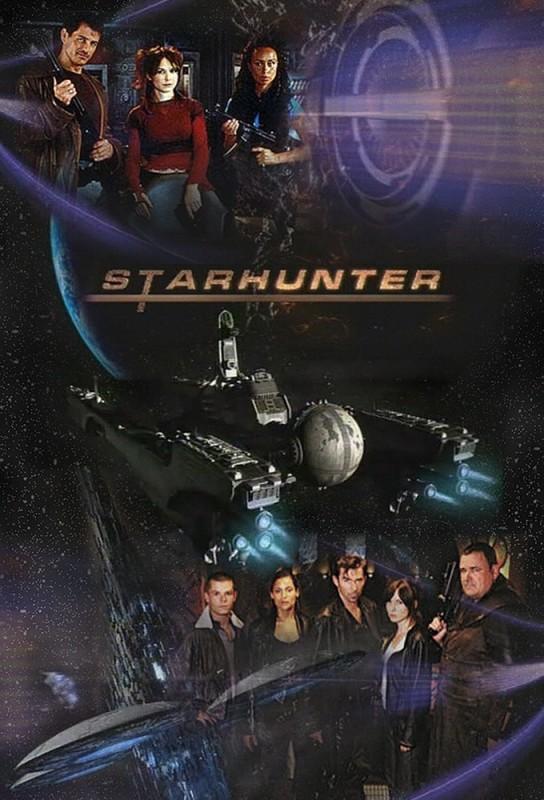
(11) TODAY’S BIRTHDAYS.
[Compiled by Cat Eldridge.]
- Born November 1, 1882 — Edward Van Sloan. He’s best remembered for his roles in three Thirties Universal Studios films of Dracula, Frankenstein and The Mummy. He was Abraham Van Helsing in The Dracula, a role he’d done in touring production of Dracula by Hamilton Deane and John L. Balderston. He would be in a number of other horror films though none remembered as well as these. (Died 1964.)
- Born November 1, 1917 — Zenna Henderson. Her first story was published in The Magazine of Fantasy & Science Fiction in 1951. The People series appeared in magazines and anthologies, as well as the stitched together Pilgrimage: The Book of the People and The People: No Different Flesh. Other volumes include The People Collection and Ingathering: The Complete People Stories. She was nominated for a Hugo Award at Detention for her novelette “Captivity.” Her story “Pottage” was made into the 1972 ABC-TV Movie, The People. “Hush” became an episode of George A. Romero’s Tales from the Darkside which first aired in 1988. (Died 1983.)
- Born November 1, 1923 — Gordon R. Dickson. Truly one of the best writers in the genre. I’m not going to fully detail his stellar career as that would require a skald to do so. His first published genre fiction was the short story “Trespass!” written with Poul Anderson, in the Spring 1950 issue of Fantastic Stories. Childe Cycle involving the Dorsai is his best known series and the Hoka are certainly his silliest creation. I’m very, very fond of his Dragon Knight series which I think really reflects his interest in that history. He’s got three Hugos, first at Loncon II for the “Soldier, Ask Not” story, next at Denvention Two for the “Lost Dorsai” novella and “The Cloak and The Staff” novelette. (Died 2001.)
- Born November 1, 1941 — Robert Foxworth, 80, He’s been on quite a number of genre shows including The Questor Tapes,seaQuest DSV, Deep Space Nine, Outer Limits, Enterprise, Stargate SG-1 and Babylon 5. His first genre role was as Dr. Victor Frankenstein in Frankenstein where Bo Swenson played the monster.
- Born November 1, 1942 — Michael Fleisher. Comics writer best known for his DC Comics work of in the Seventies and Eighties on Spectre and Jonah Hex. He also has had long runs on Ghost Rider and Spider-Woman early on. I’ve read them in the Marvel Unlimited app and it shows that he is a rather good writer. (Died 2018.)
- Born November 1, 1959 — Susanna Clarke, 62. Author of Jonathan Strange & Mr Norrell which I think wins my award for the most footnoted work in genre literature. It won the World Fantasy, Locus, and Mythopoeic Awards, and a Hugo at Interaction. It was adapted into a BBC series and optioned for a film. The Ladies of Grace Adieu and Other Stories collects her short works and is splendid indeed. Her latest novel, Piranesi, is getting good reviews here. It’s been nominated for a Hugo this year.
- Born November 1, 1973 — Aishwarya Rai, 48. Indian actress who’s done two SF films in India, the Tamil language Enthiran (translates as Robot) in which she’s Sana, the protagonist’s medical student girlfriend, and Mala in Action Replayy, a Hindi-language SF romantic comedy. She was also Sonia in The Pink Panther 2.
(12) COMICS SECTION.
- Frank and Ernest make a case for squares.
(13) TODAY’S QUESTION. Sent to us by young John King Tarpinian:
Why wasn’t “Iron Man” called “Fe Male?”
(14) THEY SET THE TONE. In the Washington Post, Stacey Henley uses the 25th anniversary of the first Lara Croft video game to interview voice actors who have voiced the character over the years. “Meet the women who brought ‘Tomb Raider’s’ Lara Croft to life”.
When Shelley Blond first stepped into a recording studio in 1996, she had no idea her performance would become a foundational element in the legacy of one of gaming’s most iconic female characters. Lara Croft is one of the most glamorous video game leads of all time. But Blond, the first voice actor to play Croft, remembers the role as anything but.“I remember going into a London studio for five hours and recording all the lines and sound effects like grunts, dying and fighting noises,” Blond told The Post via email. “These days, it’s all a much lengthier process with mo-cap [motion-capture] and all the physicalities that go with that. For me it was just go in, read the lines as directed and leave. I didn’t think about it again until I saw the game advertised and her image on the front of the Face magazine.”…
(15) THAT’S A WRAP. When it comes to burrito references in literature, John Scalzi modestly declines credit except where it is given:
(16) BOBA TIME. This trailer for the Boba Fett project dropped today.
(17) FAMILY HEIRLOOM. Parade interviews Ghostbusters: Afterlife director Jason Reitman and his father, Ivan Reitman: “Ghostbusters: Afterlife Director Jason Reitman Says He Was ‘Scared of This Project’ and Carrying on His Father’s Legacy”.
Jason, what are your memories of seeing the original get made?
Jason: I remember when they dumped marshmallow on [actor] William Atherton [EPA inspector Walter Peck]. I remember some of the special effects tests, and I was there for the recording of the original score. It was one of the first moments where I fell in love with the movies.
Ivan: Weren’t you also there for the test on the cards?
Jason: Yes, the index cards in the library. The ones that fly out of the drawer! What was that called again?
(18) STILL LOOKING FOR THE SMILEY. The article “FCC Commissioner Says He’s Afraid of Robodogs and We Can’t Tell If He’s Joking” is behind a paywall at Futurism, however, the tweet that inspired it is below.
FCC commissioner Brendan Carr went on a Twitter rant this week about robodogs, citing apocalyptic science fiction movies and television before ultimately implying — though we’re honestly still not sure — that maybe he had just been joking about the whole thing….
(19) A SLIPPERY SLOPE. The first episode of BBC Radio 4’s Slime: A Natural History by Susanne Wedlich is “The Cosmic Horror of Slime”. All five episodes are available to listen to here.
Slime is an ambiguous thing. It exists somewhere between a solid and a liquid. It inspires revulsion even while it compels our fascination in fiction and on the screen. It is both a vehicle for pathogens and the strongest weapon in our immune system. Many of us know little about it, yet it is the substance on which our world turns.
Sirine Saba reads from Susanne Wedlich’s ground-breaking new book which leads us on a journey through the 3-billion-year history of slime, from the part it played in the evolution of life on Earth to its potential role in climate change and life beyond our planet.
There is probably no single living creature that does not depend on slime in some way. Most organisms use slime for a number of functions: as a structural material, as jellyfish do; for propagation, as plants do; to catch prey, as frogs do; for defence, like the hagfish; or for movement, like snails.
In this first episode, the story of how slime continues to fascinate and terrify us on the page and on the screen. From Dr Who to Ghostbusters, from the disturbing stories of HP Lovecraft to the horror of Stephen King, there is a slime for every time, guaranteed to ooze into our deepest fears.
(20) FOLLOW THE BOUNCING BALL. “When dinosaurs ruled the earth.” Yeah, that’s about how long ago I used to waste sacks of quarters playing pinball – but back then they hadn’t yet dug up this machine! “Jurassic Park Pinball Machine Takes You on a Prehistoric Adventure” – Yahoo! has the story.
Archaeologists have yet to find any evidence dinosaurs had their own arcades. Probably because the T.Rexes got upset that they couldn’t play with their little arms. But Stern Pinball is now bringing Steven Spielberg’s big screen classic to mankind’s own gaming rooms. The company calls its newest game “a pinball adventure 65 million years in the making.” Welcome to the new Jurassic Park Pin….
(21) VIDEO OF THE DAY. Green Life presents a questionable explanation of how animated films are made.
[Thanks to Michael Toman, Cat Eldridge, Mike Kennedy, Joey Eschrich, Rich Lynch, Jennifer Hawthorne, Martin Morse Wooster, JJ, John King Tarpinian, and Andrew Porter for some of these stories. Title credit belongs to File 770 contributing editor of the day Daniel Dern.]

